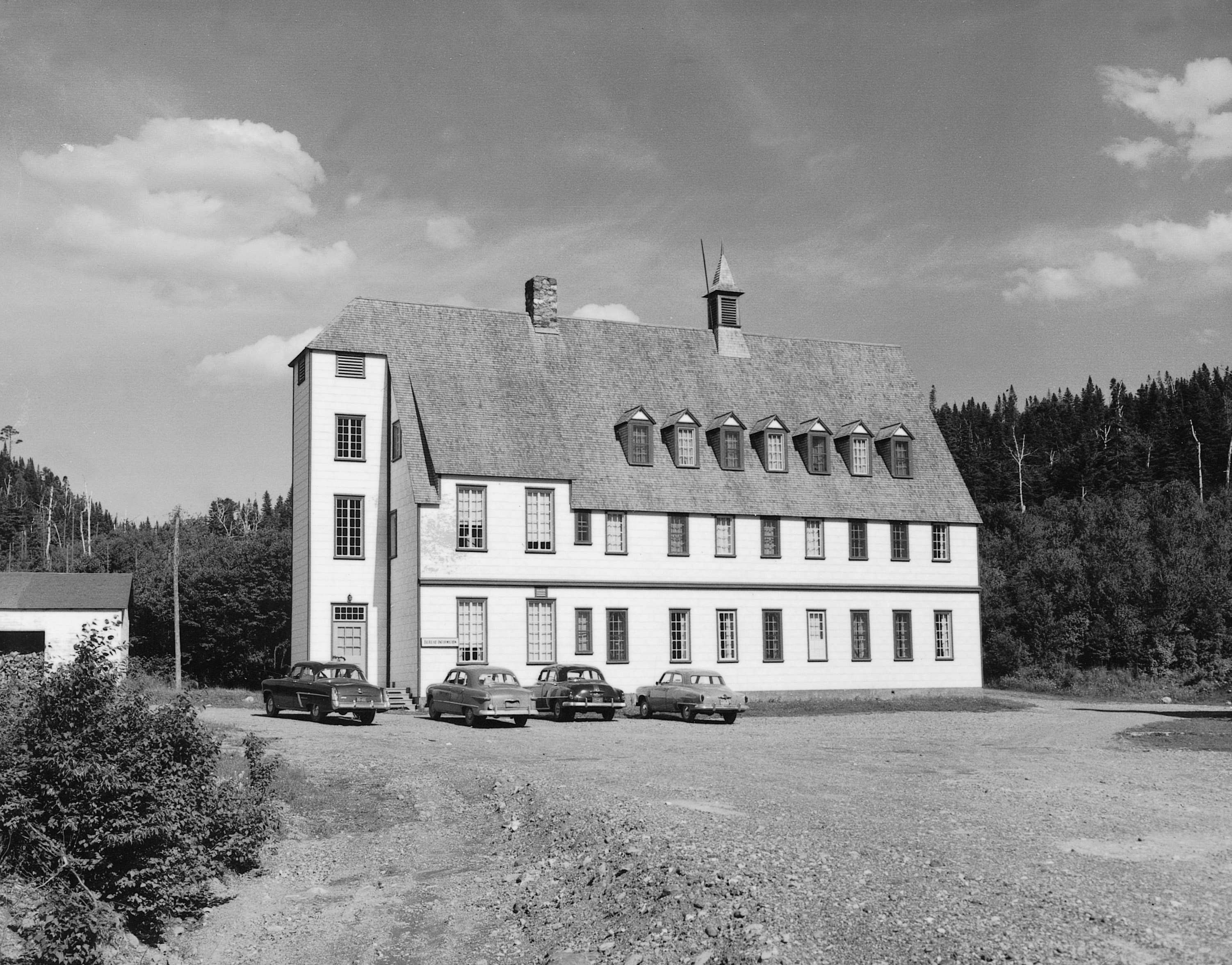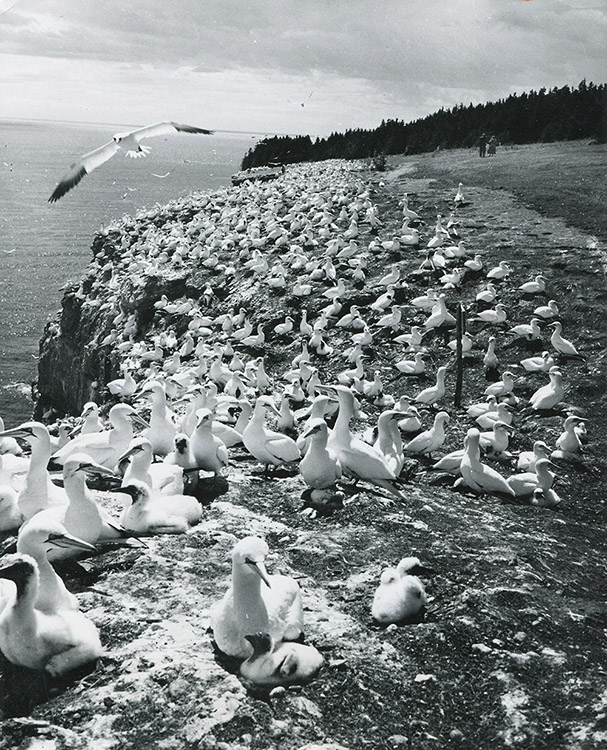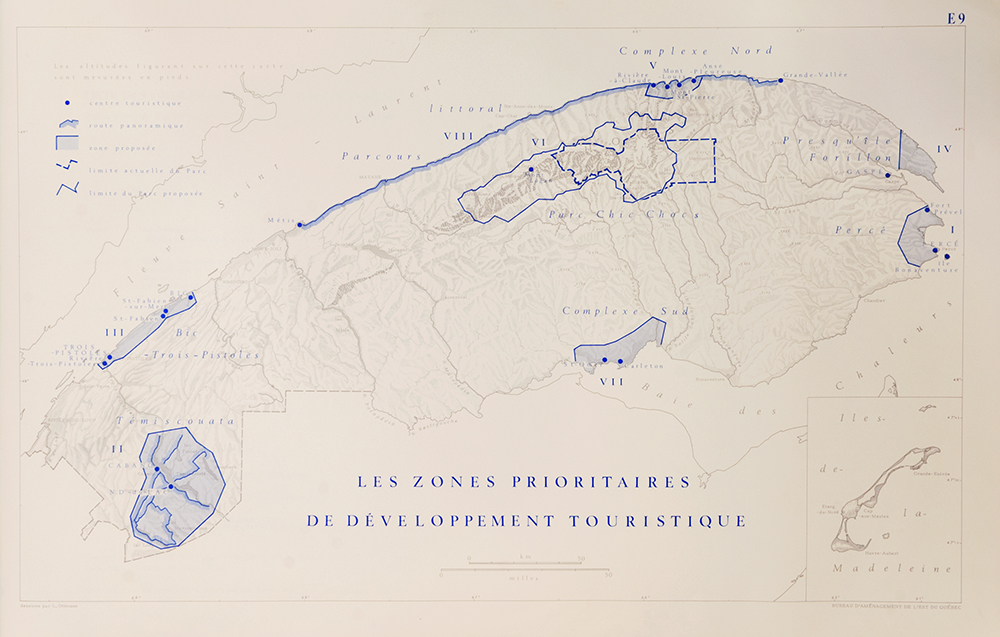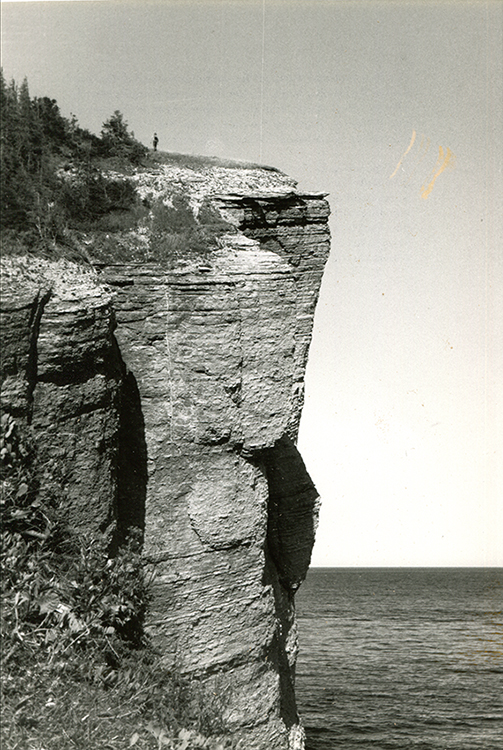National Parks
National parks have existed in Canada since the 1880s, when the construction of the trans-continental railway through the pristine wilderness of the Rocky Mountains awakened an awareness of the need to protect natural spaces, exceptional landscapes and assure public ownership of natural phenomena like the Banff Hot Springs.

The Gîte du Mont-Albert was the first mountain lodge in the Quebec parks system, offering comfortable rooms in a remarkable setting at the base of Mont-Albert in the Gaspésie Provincial Park.
National parks are important actors in the tourism economy – but their objectives are not solely to attract visitors. Their role and mandate has evolved to encompass the protection of biodiversity and wildlife corridors.

The nesting site of the gannets on Bonaventure Island is one of the most important anywhere in the world.
The Gaspé region has four national parks, one administered by the Canadian government (Forillon National Park) and three operated by the government of Québec (Parc national de la Gaspésie, Parc national l’Île Bonaventure-et-du-Rocher-Percé and Parc Miguasha).

This map in the atlas produced for the Bureau d’aménagement de l’est du Québec (BAEQ) shows the various opportunities for tourism development in the region.
The Parc de la Gaspésie was the third park to be created by the Province of Québec in 1937 (after the Parc de la Montagne Tremblante, now the Parc national du Mont-Tremblant and the Parc des Laurentides, now the Parc national des Grands-Jardins). The creation of the park was inspired by the wish to protect a herd of endangered caribou and in recognition of the unique ecosystems and plants found on the summits of Mont Albert and the McGerrigle mountains.


